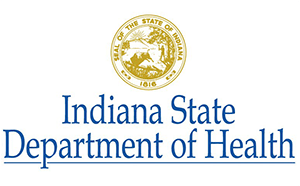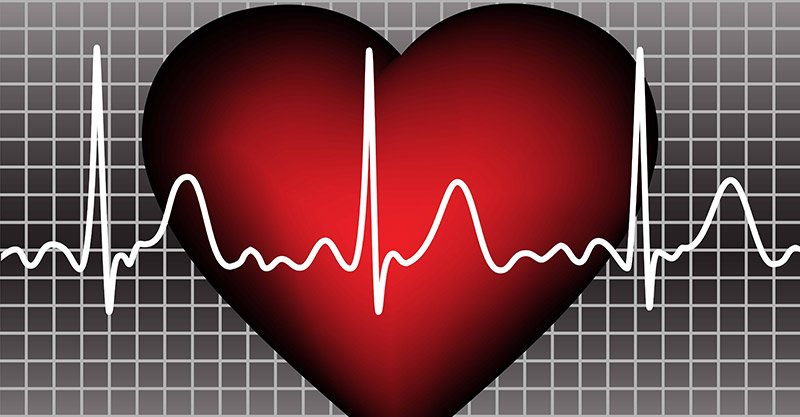Senate Bill No. 658
CHAPTER 264
An act to amend Section 1714.21 of the Civil Code, and to amend Section 1797.196 of the Health and Safety Code, relating to automated external defibrillators.
[ Approved by Governor September 03, 2015. Filed with Secretary of State September 03, 2015. ]
LEGISLATIVE COUNSEL’S DIGEST
SB 658, Hill. Automated external defibrillators.
Existing law exempts from civil liability any person who, in good faith and not for compensation, renders emergency care or treatment by the use of an automated external defibrillator (AED) at the scene of an emergency, except in the case of personal injury or wrongful death that results from the gross negligence or willful or wanton misconduct of the person who renders emergency care or treatment. Existing law also exempts from civil liability a person or entity that acquires an AED for emergency use, a physician who is involved with the placement of the AED, and any person or entity responsible for the site where the AED is located if specified conditions are met, including maintenance and regular testing of the AED and having a written plan that describes the procedures to be followed in case of an emergency that may involve the use of the AED. Under existing law, those specified conditions also require, when an AED is placed in a public or private K–12 school, the school principal to, among other things, ensure that the school administrators and staff annually receive a brochure, approved as to content and style by the American Heart Association or the American Red Cross, that describes the proper use of an AED, to ensure that similar information is posted next to every AED, and to designate the trained employees who are available to respond to an emergency that may involve the use of an AED during normal operating hours.
This bill would provide an exemption from civil liability for a physician and surgeon or other health care professional that is involved in the selection, placement, or installation of an AED. The bill would require a person or entity, other than a health facility as defined, that acquires an AED to, among other things, comply with specified regulations for the placement of the device and ensure that the AED is maintained and tested as specified. The bill would require a building owner to annually notify the tenants as to the location of the AED units and provide information to tenants about who they can contact if they want to voluntarily take AED or CPR training, to offer a demonstration to at least one person associated with the building as to the use of an AED in an emergency, and post instructions for the use of the AED. The bill would also specify that a medical director or physician and surgeon is not required to be involved in the acquisition or placement of an AED. The bill would make related changes.
This bill would revise the public or private K–12 school provisions described above by instead requiring, when an AED is placed in a public or private K–12 school, the school principal to ensure that the school administrators and staff annually receive information that describes sudden cardiac arrest, the school’s emergency response plan, and the proper use of an AED, by instead requiring the school principal to ensure that instructions, in no less than 14-point type, on how to use the AED are posted next to every AED, and by deleting the requirement that the school principal designate the trained employees who are available to respond to an emergency that may involve the use of an AED during normal operating hours.
Vote: majority Appropriation: no Fiscal Committee: no Local Program: no
SEC. 2.
Section 1797.196 of the Health and Safety Code is amended to read:
1797.196. (a) For purposes of this section, “AED” or “defibrillator” means an automated external defibrillator.
(b) (1) In order to ensure public safety, a person or entity that acquires an AED shall do all of the following:
(A) Comply with all regulations governing the placement of an AED.
(B) Notify an agent of the local EMS agency of the existence, location, and type of AED acquired.
(C) Ensure that the AED is maintained and tested according to the operation and maintenance guidelines set forth by the manufacturer.
(D) Ensure that the AED is tested at least biannually and after each use.
(E) Ensure that an inspection is made of all AEDs on the premises at least every 90 days for potential issues related to operability of the device, including a blinking light or other obvious defect that may suggest tampering or that another problem has arisen with the functionality of the AED.
(F) Ensure that records of the maintenance and testing required pursuant to this paragraph are maintained.
(2) When an AED is placed in a building, the building owner shall do all of the following:
(A) At least once a year, notify the tenants as to the location of the AED units and provide information to tenants about who they can contact if they want to voluntarily take AED or CPR training.
(B) At least once a year, offer a demonstration to at least one person associated with the building so that the person can be walked through how to use an AED properly in an emergency. The building owner may arrange for the demonstration or partner with a nonprofit organization to do so.
(C) Next to the AED, post instructions, in no less than 14-point type, on how to use the AED.
(3) A medical director or other physician and surgeon is not required to be involved in the acquisition or placement of an AED.
(c) (1) When an AED is placed in a public or private K–12 school, the principal shall ensure that the school administrators and staff annually receive information that describes sudden cardiac arrest, the school’s emergency response plan, and the proper use of an AED. The principal shall also ensure that instructions, in no less than 14-point type, on how to use the AED are posted next to every AED. The principal shall, at least annually, notify school employees as to the location of all AED units on the campus.
(2) This section does not prohibit a school employee or other person from rendering aid with an AED.
(d) A manufacturer or retailer supplying an AED shall provide to the acquirer of the AED all information governing the use, installation, operation, training, and maintenance of the AED.
(e) A violation of this section is not subject to penalties pursuant to Section 1798.206.
(f) Nothing in this section or Section 1714.21 of the Civil Code may be construed to require a building owner or a building manager to acquire and have installed an AED in any building.
(g) For purposes of this section, “local EMS agency” means an agency established pursuant to Section 1797.200.
(h) This section does not apply to facilities licensed pursuant to subdivision (a), (b), (c), or (f) of Section 1250.


